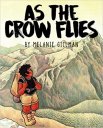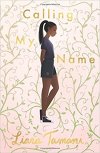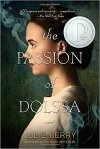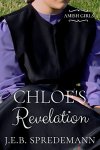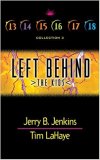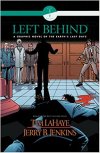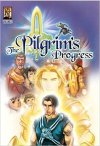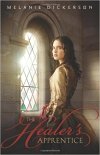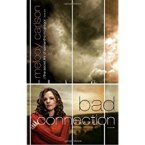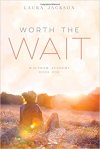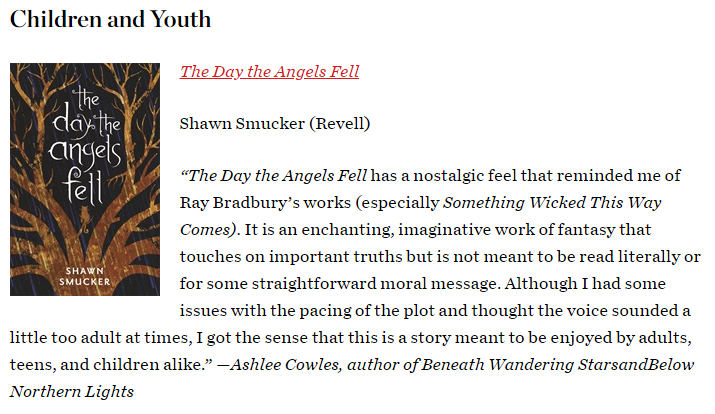The Seventeenth through Nineteenth Centuries
In the 1600s, the Puritans’ strong religious beliefs influenced writings. Bible stories were the main source of reading for children. Early books include The Pilgrim’s Progress (1678) and The Puritan Primer (1685). The author Martha Finley was born in 1828. She created the popular twenty-eight volume A Life of Faith: Elsie Dinsmore series. These books tell the story of Elsie Dinsmore Travilla and her children. For more information about Martha Finley http://www.newreleasetoday.com/authordetail.php?aut_id=608.
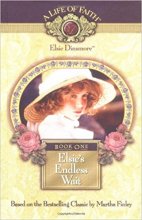
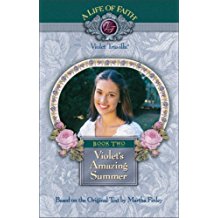
The author Grace Livingston Hill was born in 1865. Many publishers tried to remove the religious references in Grace Livingston Hill’s first books until they began to see a large market for her work. She wrote seventy-nine novels in her lifetime and is considered one of the premier writers of Christian fiction.

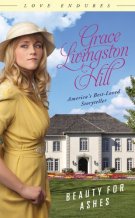
C.S. Lewis, writer of the classic series The Chronicles of Narnia was born in 1898.
The Twentieth Century
The creation of Christian YA series continued into the twentieth century. The first book in The Sugar Creek Gang series by Paul Hutchens was written in 1940. This thirty-six book series is about the adventures of a group of fun-loving, courageous Christian boys.
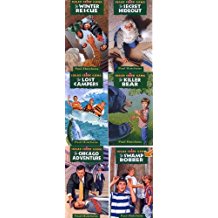
The book The Lion, the Witch, and the Wardrobe was written by C.S. Lewis in 1950. This was the first book in the series entitled The Chronicles of Narnia. At the time, C.S. Lewis was an established author of adult books and his children’s books were considered a risk. This series has sold over 100 million copies.
In the 1970’s, Barbour Publishing created the Heroes of the Faith series. This series contained biographies of important figures in history such as Corrie Ten Boom and Fanny Crosby.

Lois Walfrid Johnson has created many different series since the 1990’s. Her popular works include the Adventures of the Northwoods and The Riverboat Adventures. Her newest works are the Viking Quest books and Freedom Seekers.For more information on Lois Walfrid Johnson and her books visit https://www.fantasticfiction.com/j/lois-walfrid-johnson/


Heralding what was yet to come, Christian fiction started to evolve when Jerry B. Jenkins and Tim LaHaye created Left Behind in 1995. This apocalyptic fiction originally was written for adults, but youth novels and graphic novels follow.
The Twenty-first Century
The Christy Miller series, originally written by Robin Jones Gunn in the late 1980’s continued to grow and evolve with the addition of The College Years (2000) and The Married Years (2014).
The Christian YA Fiction industry has seen tremendous growth in new genres. Christian suspense, mystery, adventure, and fantasy books are becoming very popular. Christian historical fiction, contemporary fiction, and romance books continue to please readers as well. Christian YA Fiction has something for everyone. Recent bestsellers include…
Jill Williamson By Darkness Hid (2009)
Melanie Dickerson The Healer’s Apprentice (2010)/The Noble Servant (2017)
Jenny B. Jones There You’ll Find Me (2011)
Lisa T. Bergren Waterfall (2011)
Rachelle Dekker The Choosing (2015)

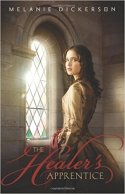

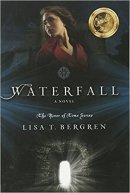

For a list of authors who write from a Christian perspective click here http://jillwilliamson.com/novel-teen/list-of-recommended-young-adult-authors/
